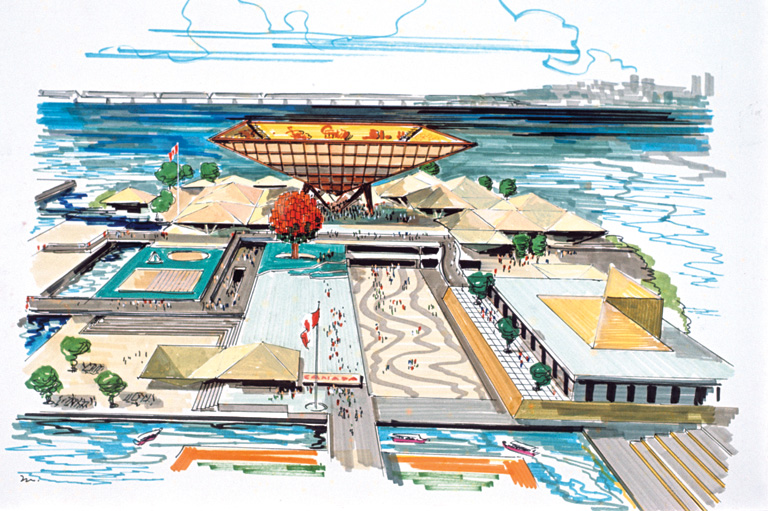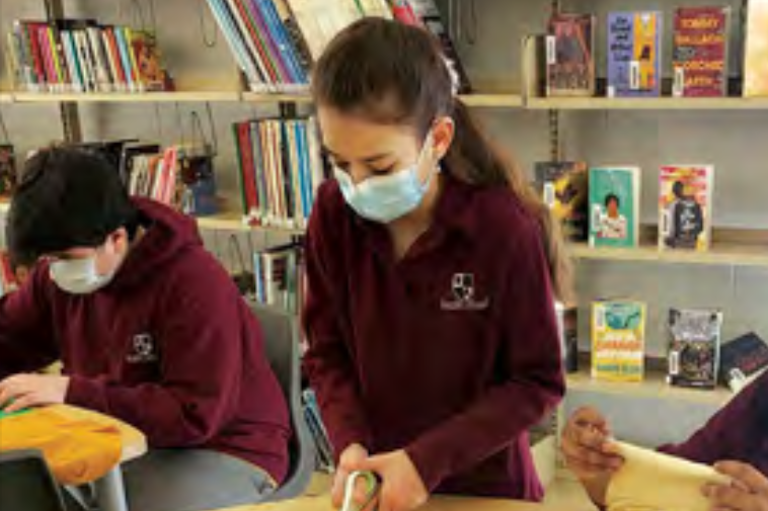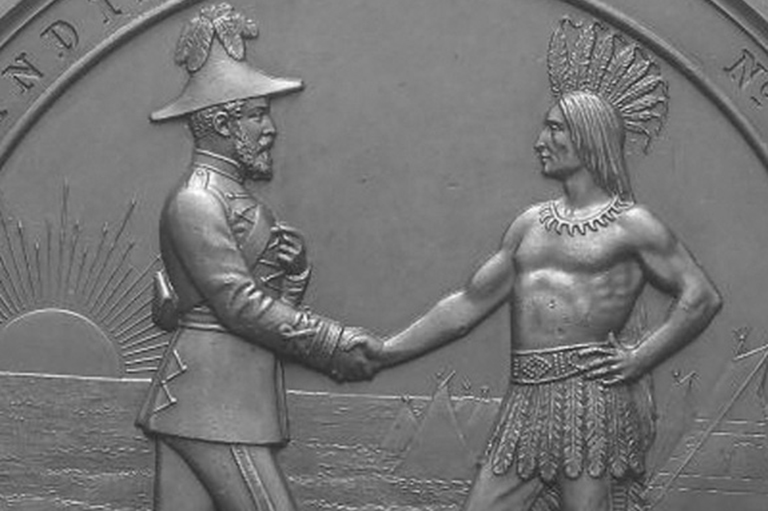How should we remember those who fought for Canada?
Grade Levels: 9/10, 11/12
Subject Area: Social Studies, History
Lesson Overview
In this lesson students explore the Lest We Forget Project (LWF). They build a class archive of soldier files, engage in research, and create a memorial for their soldier.
Time Required
5 – 10 lessons
Historical Thinking Concept(s)
This lesson plan uses the following historical thinking concepts: establish historical significance, use primary source evidence, and take historical perspectives.
Learning Outcomes
Student will:
- Gather and organize evidence from primary sources
- Conduct research collaboratively
- Execute a memorial to their assigned First World War or Second World War soldier
Background Information
The Lest We Forget provides an opportunity for students to conduct primary research, encouraging their skills in writing essays and in using the computer to access historical documents and databases. Students are tasked with researching and writing about individuals who served in the First and Second World Wars.
The Lesson Activity
Before class: prepare a list of soldier files for students’ research. If possible, use local soldiers. Instructions for searching/accessing digital and paper files are found on the Library and Archives Canada website.
Activating:
- Ask students if they are familiar with the phrase “Lest We Forget”. What does the phrase mean?
- Ask: does our community have a cenotaph? If so, where is it located? Are you familiar with any of the names listed on it?
- Provide students with a background of the Lest We Forget.
Acquiring:
- Inform the students that they will be engaging in the Lest We Forget soldier research project.
- Assign a soldier file to a pair of students. Pairs work well for the purpose of support and collaboration.
- Students use their soldier file to complete a single set of profile forms.
Applying:
- Students conduct research.
- Students create a memorial for their soldier.
Materials/Resources
Extension Activity
- Publicly display and/or present the classes’ soldier research to the school and/or community.
Themes associated with this article
Advertisement




